From the late 19th century, the area now known as Laos, Cambodia and Vietnam was governed as a French Colonial territory. “French Indo-China” came to be occupied by the Imperial Japanese after the fall of France, at the onset of WWII. There arose a nationalist-communist army during this period, dedicated to throwing out the Japanese occupier. It called itself the “League for the Independence of Vietnam”, or “Viet Minh”.

France re-occupied the region following the Japanese defeat ending World War 2, but soon faced the same opposition from the army of Ho Chi Minh and Vo Nguyen Giap.
What began as a low level rural insurgency later became a full-scale modern war when Communist China entered the fray, in 1949.
The disastrous defeat of French forces at Dien Bien Phu in 1953 led to French withdrawal from Vietnam, the Geneva Convention partitioning the country into the communist “Democratic Republic of Vietnam” in the north, and the State of Vietnam in the south led by Emperor Bao Dai and Prime Minister Ngo Dinh Diem.
Communist forces of the north continued to terrorize Vietnamese patriots in north and south alike, with aid and support from communist China and the Soviet Union.
The student of history understands that nothing happens in a vacuum. US foreign policy is no exception. International Communism had attempted to assert itself since the Paris Commune rebellion of 1871 and found its first major success with the collapse of czarist Russia, in 1917.

US policy makers feared a “domino” effect, and with good cause. The 15 core nations of the Soviet bloc were soon followed by Eastern Europe as Poland, Bulgaria, Romania, Hungary and Czechoslovakia fell each in their turn, into the Soviet sphere of influence. Germany was partitioned into Communist and free-enterprise spheres after WWII, followed by China, North Korea and on across Southeast Asia.
Communism is no benign ideology, morally equivalent to the free market west. Current estimates of citizens murdered by Communist party ideology in the Soviet Union alone, range between 8 to 61 million during the Stalinist period.
Agree or disagree with policy makers of the time that’s your business, but theirs was a logical thought process. US aid and support for South Vietnam increased as a way to “stem the tide” of international communism, at the same time when French support pulled back. By the late 1950s, the US was sending technical and financial aid in expectation of social and land reform. By 1960, the “National Front for the Liberation of South Vietnam” (“NLF”, or “Viet Cong”) had taken to murdering Diem supported village leaders. President John F. Kennedy responded by sending 1,364 American advisers into South Vietnam, in 1961. The war in Vietnam pitted as many as 1.8 million allied forces from South Vietnam, the United States, Thailand, Australia, the Philippines, Spain, South Korea and New Zealand, against about a half million from North Vietnam, China, the Soviet Union and North Korea. Begun on November 1, 1955, the conflict lasted 19 years, 5 months and a day. On March 29, 1973, two months after signing the Paris Peace accords, the last US combat troops left South Vietnam as Hanoi freed the remaining POWs held in North Vietnam.
The war in Vietnam pitted as many as 1.8 million allied forces from South Vietnam, the United States, Thailand, Australia, the Philippines, Spain, South Korea and New Zealand, against about a half million from North Vietnam, China, the Soviet Union and North Korea. Begun on November 1, 1955, the conflict lasted 19 years, 5 months and a day. On March 29, 1973, two months after signing the Paris Peace accords, the last US combat troops left South Vietnam as Hanoi freed the remaining POWs held in North Vietnam.

Even then it wasn’t over. Communist forces violated cease-fire agreements before they were even signed. Some 7,000 US civilian Department of Defense employees stayed behind to aid South Vietnam in conducting an ongoing and ultimately futile war against communist North Vietnam.
The last, humiliating scenes of the war played themselves out on the roof of the US Embassy in Saigon on April 29 – 30, 1975, as those able to escape boarded helicopters, while communist forces closed around the South Vietnamese capital.
The “Killing Fields” of Cambodia followed between 1975 – ‘79, when the “Khmer Rouge”, self-described as “The one authentic people capable of building true communism”, murdered or caused the deaths of an estimated 1.4 to 2.2 million of their own people, out of a population of 7 million. All to build the perfect, agrarian, “Worker’s Paradise”.

Imagine feeling so desperate, so fearful of the alien ideology invading your country, that you convert all your worldly possessions and those of your family into a single diamond, and bite down on that stone so hard it embeds in your shattered teeth. Forced to flee for your life and those of your young ones, you take to the open ocean in a small boat.
All in the faint and desperate hope, of getting out of that place.
That is but one story among more than three million “boat people”. Three million from a combined population of 56 million, fleeing the Communist onslaught in hopes of temporary asylum in other countries in Southeast Asia or China.
They were the Sino-Vietnamese Hoa, and Cambodians fleeing the Khmer Rouge. Ethnic Laotians, Iu Mien, Hmong and other highland peoples of Laos. The 30 or so Degar (Montagnard) tribes of the Central Highlands, so many of whom had been our steadfast allies in the late war. Over 2.5 million of them were resettled, more than half to the United States. The other half went mostly to Canada, Europe and South Pacific nations.
A half-million were repatriated, voluntarily or involuntarily. Hundreds of thousands vanished in the attempt to flee, never to be seen again.  The humanitarian disaster that was the Indochina refugee crisis was particularly acute between 1979 – ’80, but reverberated into the 21st century.
The humanitarian disaster that was the Indochina refugee crisis was particularly acute between 1979 – ’80, but reverberated into the 21st century.
Graduating UMass Lowell in 1972 with a degree in nuclear engineering, John Ogonowski joined the United States Air Force, during the war in Vietnam. The pilot would ferry equipment from Charleston, South Carolina to Southeast Asia, sometimes returning with the bodies of the fallen aboard his C-141 transport aircraft.
Today, we remember Ogonowski as Senior Captain on American Airlines flight 11, one of thousands murdered by Islamist terrorists on September 11, 2001.
When he wasn’t flying jumbo jets, John Ogonowski was a farmer. Until being murdered in his own cockpit, John mentored Cambodian refugees turned farmers on his Dracut, Massachusetts “White Gate Farm“, helping a fresh wave of immigrants grow familiar crops in an unfamiliar climate. Just as those old Yankees had once mentored his Polish immigrant ancestors, generations before.

Military Working Dogs (MWDs) served with every service branch in Vietnam, mostly German Shepherds and Dobermans but many breeds were accepted into service.
It is estimated that 4,900 dogs served between 1964 and 1975. Detailed records were kept only after 1968, documenting 3,747.
A scant 204 dogs ever left during the ten-year period. Some remained in the Pacific while others returned to the United States. Not one ever returned to civil life. An estimated 350 dogs were killed in action as were 263 handlers. Many more were wounded. As to the rest, many were euthanized, or left with ARVN units or simply abandoned, as “surplus equipment”.
There would be no war dog adoption law until 2000 when WWII Marine War Dog Platoon Leader and Veterinarian Dr. William Putney made it happen, with assistance from Congressman Roscoe Bartlett of Maryland.
The day it opened in 1982 there were 57,939 names inscribed on the Vietnam Memorial Wall, Over the years, the names of military personnel who succumbed to wounds sustained in the war, were added to the wall. As of Memorial Day 2015, there are 58,307.
 In the end, US public opinion would not sustain what too many saw as an endless war in Vietnam. We feel the political repercussions, to this day. I was ten at the time of the Tet Offensive in 1968. Even then I remember that searing sense of humiliation and disgrace, at the behavior of some fellow Americans.
In the end, US public opinion would not sustain what too many saw as an endless war in Vietnam. We feel the political repercussions, to this day. I was ten at the time of the Tet Offensive in 1968. Even then I remember that searing sense of humiliation and disgrace, at the behavior of some fellow Americans.

In 2012, President Barack Obama declared a one-time occasion proclaiming March 29 National Vietnam War Veterans Day and calling on “all Americans to observe this day with appropriate programs, ceremonies, and activities.”
In 2017, Senator Pat Toomey (R-PA) and Joe Donnelly (D-IN) co-sponsored a measure to declare March 29 Vietnam Veterans Day from that day forward, to honor US service members who served in the war in southeast Asia. The measure passed the United States Senate on February 3 and the House of Representatives on March 21. President Donald Trump signed the measure into law on March 28 designating the following day and every March 29 henceforward, Vietnam Veteran’s Day.
The recognition and gratitude due those who honorably served in an unpopular war, was long overdue.



















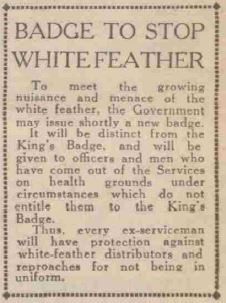

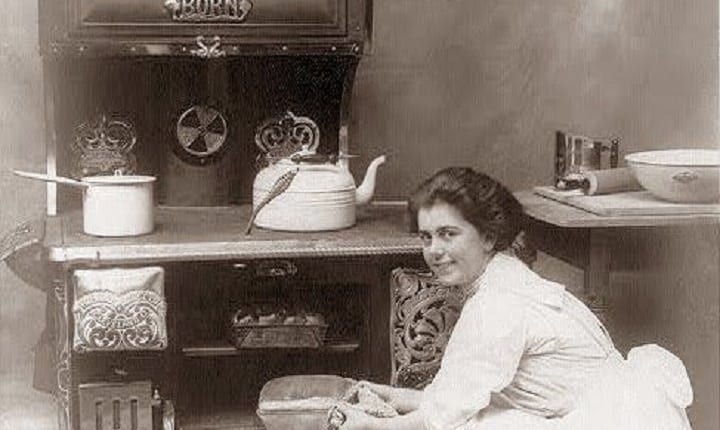
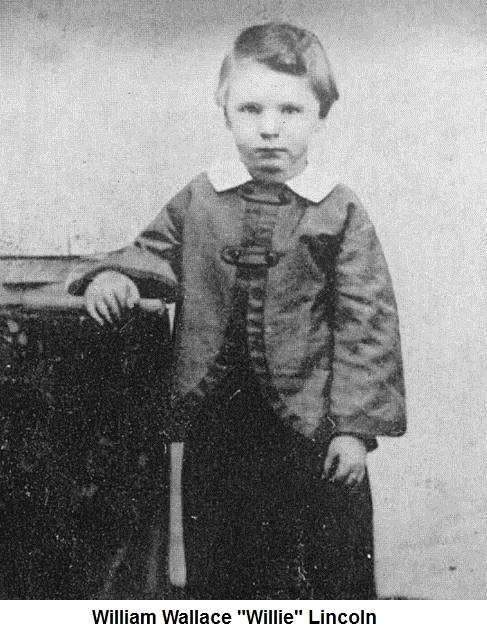


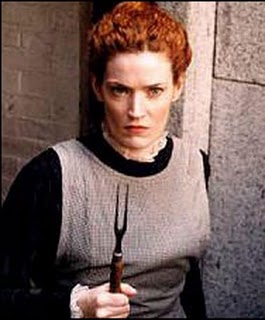

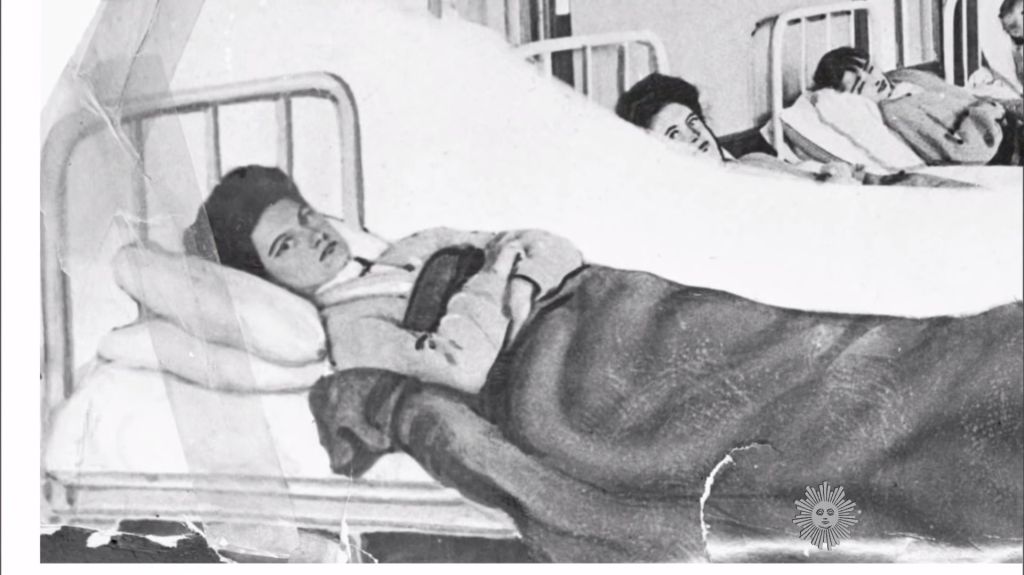

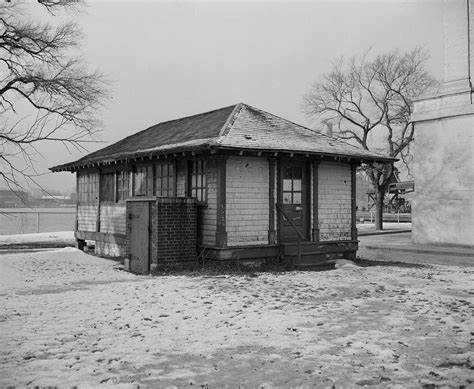









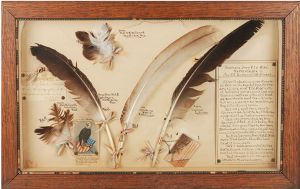
















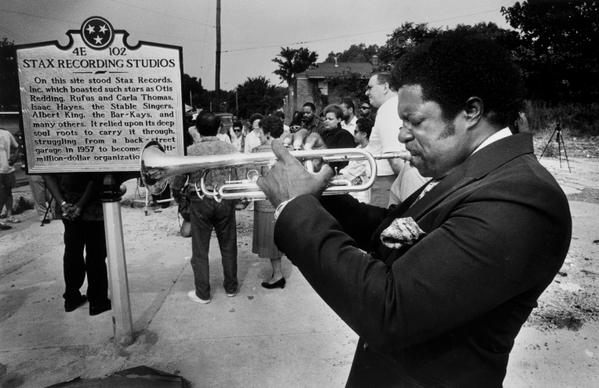




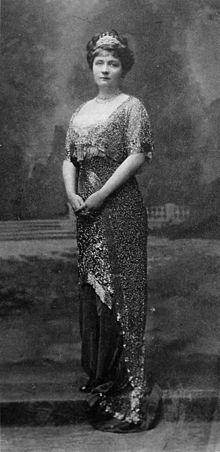




















You must be logged in to post a comment.